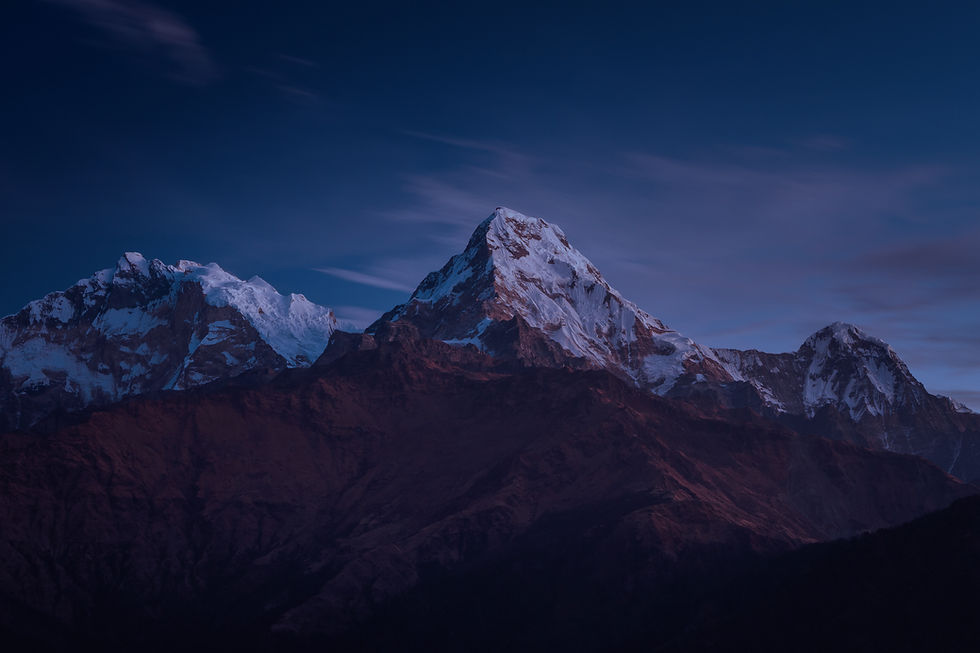Tra l'Italia e la Spagna

VBF2025
Programme
Giovanni Antonio Pandolfi Mealli (1624-1670)
Sonata "La Vinciolina" Op. 4
Andrea Falconiero (1585-1656)
Alemana detta la Ciriculia
Folias echa para mi Señora Doña Tarolilla
Bartolomeo de Selma y Salaverde (1595-1640)
Vestiva i colli passegiatto a doi (1638)
Giovanni Antonio Pandolfi Mealli
Sonata terza "La Monella Romanesca" Op. 4
Andrea Falconiero
Ciaccona (1650)
Gaspar Sanz (1640-1710)
Jácaras
Andrea Falconiero
Su gallarda
Corrente dicha la Cuella
Passacaglia
Giovanni Antonio Pandolfi Mealli
Sonata "La Biancuccia" Op. 4
Bartolomeo de Selma y Salaverde
Canzon prima à 2. Basso e soprano
Giovanni Antonio Pandolfi Mealli
Sonata quarta “La Castella”, Op.3
Giovanni Antonio Pandolfi Mealli
Sonata "La Cesta" Op. 3
Performers
Baroque violin & artistic direction: Leonor de Lera
Viola da gamba: Teodoro Baù
Theorbo: Nacho Laguna
Programme Notes
In the seventeenth century, dynastic and diplomatic relations between the European courts facilitated the circulation of musicians and composers. Many travelled abroad and brought with them the musical style characteristic of their nation, whilst also allowing themselves to be influenced by that typical of their new country of arrival. Thus a cultural exchange between nations was made from which clear and noticeable influences would emerge in much of the music throughout the century.
This programme focuses on 3 examples of such ‘movement’: the music by two Italian composers who travelled and worked in Spain, Giovanni Antonio Pandolfi Mealli and Andrea Falconiero; and Spanish composer Bartolomeo de Selma y Salaverde, who moved to and worked in Italy. Instrumental music of the Seicento Italiano by composers who were themselves “virtuosi” of their instruments.
Biographies
Leonor de Lera: Baroque violin & Artistic direction:
Passionate and devoted to the Italian repertoire of the early Baroque and the art of diminution, Leonor de Lera has often been referred to as one of the “top specialists in the field of early seventeenth century music and one of the most important violinists on the national scene”.
Leonor studied at the Guildhall School of Music and Drama in London, where she had the privilege of studying under the late Mr. Yfrah Neaman. It was during this time that she developed a keen interest in early music, which led her to specialise in baroque violin, studying with Ms. Rachel Podger. After earning her Bachelor of Music diploma she was awarded a scholarship to continue her studies as a Postgraduate at the Royal Academy of Music. She then continued her studies with the renowned violinist Enrico Onofri, further refining her skills and expanding her knowledge as a baroque player.
Throughout her career, she has had the opportunity to work with some of the most notable orchestras and ensembles in Europe.
Leonor founded L'Estro d’Orfeo, in 2015, with whom she has achieved significant recognition. Her long-time commitment and dedication to this kind of repertoire has made L’Estro d’Orfeo a reference ensemble in the repertoire of this era. Their latest album “L’Arte di diminuire” has been awarded the French accolade “La Clef ResMusica” and nominated for the Preis der deutschen Schallplattenkritik 2020 in the Early Music category, as well as for Best Baroque Instrumental album in the International Classical Music Awards 2021.
L'Estro d’Orfeo: Ensemble
Founded by Leonor de Lera in 2015, L’Estro d’Orfeo has been labelled by the critics as an “ensemble of exceptional quality”. They specialise in instrumental music of the late 16th and the 17th centuries, making use of period instruments and with a historically informed approach in line with the aesthetics of the time.
Their purpose is to put forward the instrumental music that marked the beginning of a new era and a new concept in music: instrumental virtuosity. The great value and importance that instruments started gaining in the first half of the 17th century, is that key moment in music history that marked the beginning of evolution for instrumental music.
L’Estro d’Orfeo have performed in many festivals around Europe, including Germany, Italy, Luxembourg, Portugal, Romania and Spain.




